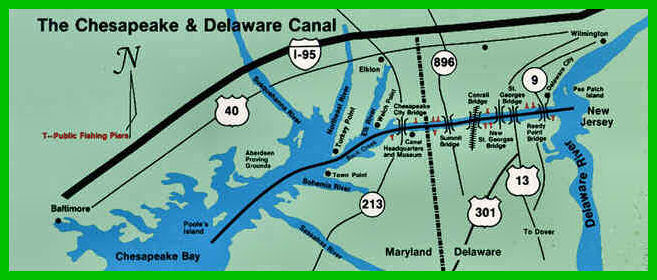

Henry was born in Nenagh, County Tipperary on 21st November 1791. Henry emigrated to the U.S.A. in 1822, settling in Union township, Union County, New Jersey for three years.
He then moved to New Castle County, Delaware, where he resided for five years. During this time he built the canal which unites the Delaware and Chesapeake Bays, a work that had been undertaken by two contractors, both of whom failed in the project.
Henry, however, with the great energy and perseverance for which he was so well noted, took the contract, and made an excavation 85 feet in depth. Instead of using the machinery which the former contractors had erected at a cost of $50,000, he hired a large number of labourers, and completed the work to the satisfaction of the company. At the bottom of the excavation, he picked up a number of fossils, several specimens of which he retained.
Henry married Amelia Kerlin on 3rd September 1827, and the couple subsequently raised three sons and four daughters.
After his return to Douglassville in 1830, he followed the pursuit of a farmer, which he relinquished in 1867 and retired into private life. Contemporary reports claim that his farm could not be surpassed in beauty or productiveness by any in the county, but when he first purchased it, it was barren. This he overcame by a judicious use of fertilisers, greatly to the astonishment of some of his neighbours, who considered him too extravagant and predicted his speedy ruin.
Henry was a member of the Legislature during the years 1839 and 1840. He was also a School Director for a number of years, and through his influence, in 1836, the public school system was introduced into the township.
A local newspaper gave Henry the following tribute in November 1872 ...
"On Tuesday 21st instant, Mr. Flannery will be 80 years of age, and although his hair is whitened and his form bent by the hand of Time, yet he is still hale and hearty, and bids fair to live for a number of years to come, which is sincerely hoped for by his many friends. He is a gentleman in every sense of the word, warm hearted and genial, a good neighbour and a loving and indulgent husband and father. His home is fitted up in elegance, while the grounds surrounding it are planted with beautiful flowers and shrubs, and are laid out in plots."
He died on 27th May 1876, and was buried in Saint Paul's Mission Catholic Church Cemetery, Birdsboro, Pennsylvania.
[his canal is illustrated on the map above; map courtesy of U.S. Army Corps of Engineers]